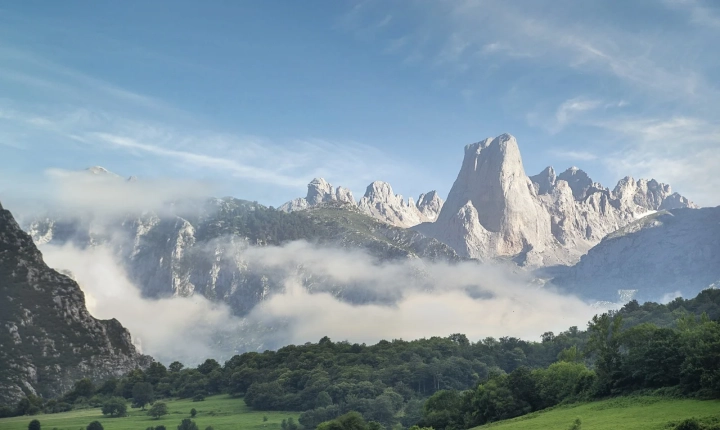Title: How to Spot AI-Generated Art
In recent years, the rise of artificial intelligence has had a significant impact on the art world. AI-generated art has gained popularity, with technology creating complex and stunning pieces that challenge traditional notions of artistic creation. However, as this technology continues to advance, it has become increasingly important to be able to discern between art generated by AI and that created by human artists. This article aims to provide insights on how to spot AI-generated art.
1. Uniformity and Repetition
One of the key indicators of AI-generated art is the presence of uniformity and repetition within the piece. AI algorithms are programmed to follow specific patterns and structures, often resulting in a repetitive and consistent aesthetic. Human artists, on the other hand, tend to introduce variations and irregularities that reflect their individual creativity and unique artistic style.
2. Pixelation and Detailing
AI-generated art often exhibits an extremely high level of precision and detail, leading to an almost pixelated appearance. This is a result of the mathematical algorithms used to generate the artwork, resulting in an overly calculated and precise composition. Human artists, on the other hand, tend to introduce more organic and fluid detailing, reflecting the nuances and imperfections of the human hand.
3. Lack of Conceptual Depth
While AI-generated art can be visually striking, it often lacks the depth and conceptual complexity that is characteristic of human-created art. Human artists infuse their work with personal experiences, emotions, and societal commentary, resulting in multi-layered and thought-provoking pieces. AI-generated art may appear visually impressive, but it often lacks the depth and nuanced storytelling that comes from human creativity.
4. Predictable Patterns and Symmetry
AI-generated art frequently demonstrates predictable patterns and symmetrical compositions, reflecting the repetitive nature of algorithmic calculations. Human artists, on the other hand, tend to embrace asymmetry and unpredictable patterns, reflecting the spontaneous and intuitive nature of human creativity.
5. Attribution and Source Code
As AI-generated art becomes more prevalent, it has become increasingly important to verify the authenticity of the artwork. AI-generated art should be accompanied by clear attribution to the algorithm or software used to create it. Additionally, some AI-generated art is signed by the algorithm itself, rather than an individual artist, emphasizing its origin and nature as generated by a machine.
In conclusion, the emergence of AI-generated art presents both challenges and opportunities for the art world. While AI-generated art can be visually captivating and technologically innovative, it is essential to develop critical skills to distinguish between human-created and AI-generated art. By understanding the key indicators outlined in this article, art enthusiasts can appreciate the unique qualities of both human and AI-generated art, contributing to a richer and more informed artistic discourse.
